The natural world has always been humanity’s greatest teacher, offering solutions to complex problems through millions of years of evolutionary refinement. Among nature’s most remarkable innovators are insects—the tiny, often overlooked creatures that constitute over half of all known living organisms on Earth. These six-legged marvels have survived for more than 400 million years, developing extraordinary adaptations that have recently captured the attention of scientists, engineers, and medical researchers worldwide. From the honeybee’s efficient social structures to the water-repellent capabilities of butterfly wings, insects have become unexpected heroes in advancing human technology and medicine. This article explores how these miniature engineers have inspired groundbreaking developments across multiple fields, revolutionizing our approach to solving some of humanity’s most pressing challenges.
The Ancient Practice of Entomotherapy: Insects as Medicine
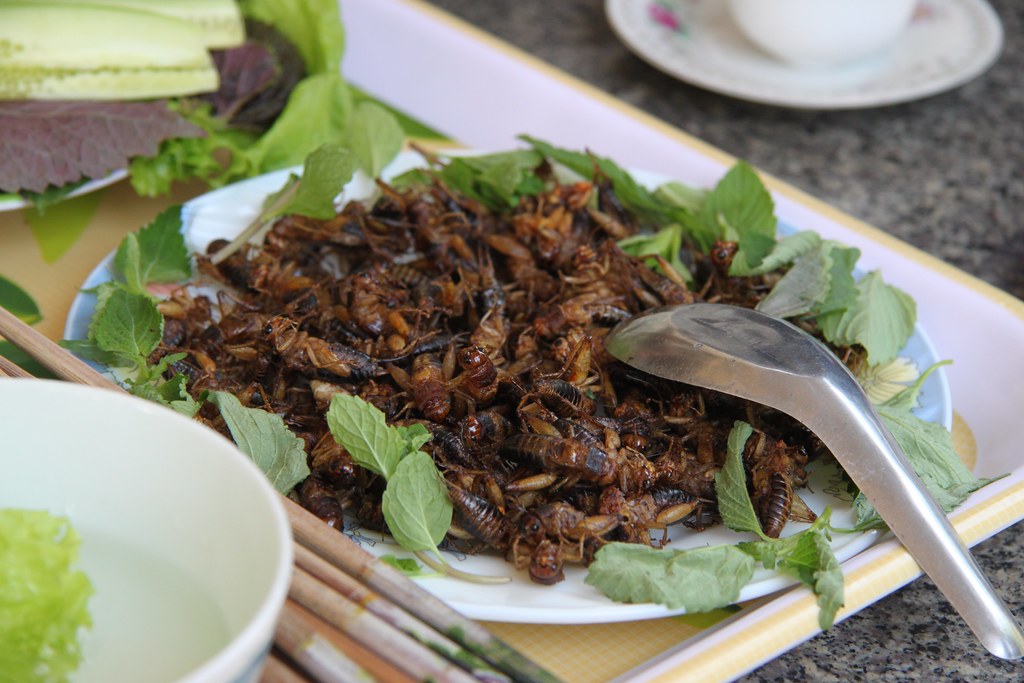
Long before modern medicine, cultures worldwide recognized insects’ therapeutic potential in what is now termed entomotherapy. The ancient Chinese used ant extracts to treat arthritis, while indigenous Australians applied crushed cockroaches to wounds for their antimicrobial properties. Maggot therapy, dating back to the Mayan civilization and Renaissance Europe, experienced a revival during World War I when surgeon William Baer observed that soldiers with maggot-infested wounds showed remarkably less infection and faster healing. This historical practice has evolved into the FDA-approved Maggot Debridement Therapy (MDT), where sterile fly larvae selectively consume dead tissue while secreting antimicrobial compounds. These time-tested insect-based remedies demonstrate that entomotherapy isn’t merely folk medicine but contains scientific merit that continues to influence modern medical practices.
Maggot Debridement Therapy: Nature’s Surgical Precision
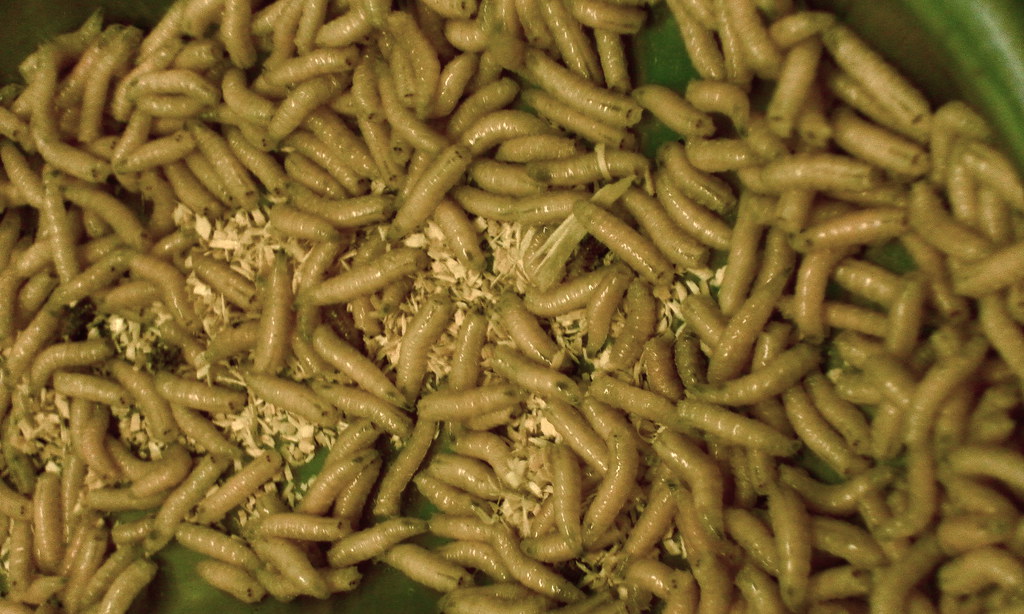
Maggot Debridement Therapy (MDT) represents one of medicine’s most successful adaptations of insect biology to clinical practice. The therapy utilizes lab-bred, sterile larvae of the Lucilia sericata (green bottle fly), which are applied directly to non-healing wounds where they precisely remove dead tissue without harming healthy cells—a level of selective precision that surpasses even the most skilled surgeon’s scalpel. As they feed, these remarkable larvae secrete a complex mixture of enzymes and antimicrobial compounds that break down necrotic tissue, eliminate harmful bacteria (including antibiotic-resistant strains like MRSA), and promote healing by stimulating granulation tissue formation. Modern clinical studies have demonstrated success rates exceeding 80% in wounds that previously failed to respond to conventional treatments. The resurgence of this ancient therapy underscores a critical lesson in medical innovation: sometimes the most advanced solutions come from understanding and harnessing natural processes rather than attempting to replace them.
Apitherapy: The Healing Power of Bees
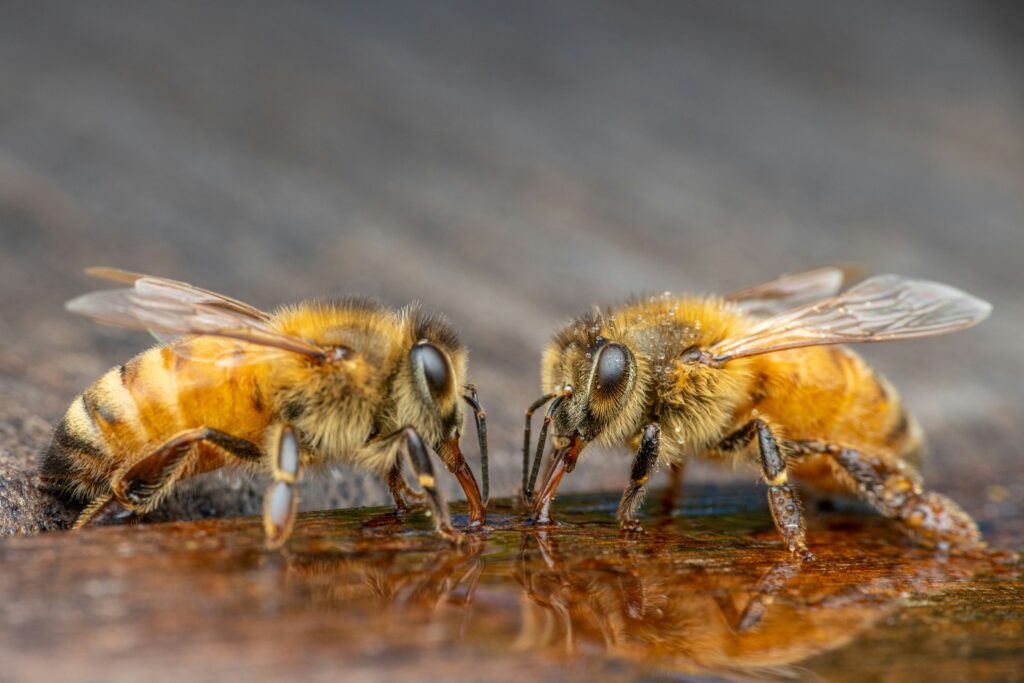
Apitherapy, the medicinal use of honeybee products, represents one of the most diverse and well-studied branches of insect-based medicine. This therapeutic approach encompasses the application of honey, royal jelly, propolis, bee pollen, beeswax, and even controlled bee venom, each containing unique bioactive compounds with remarkable medical properties. Manuka honey, produced by bees foraging on New Zealand’s Leptospermum scoparium, contains methylglyoxal which gives it powerful antibacterial properties that have made it a clinically-approved treatment for wound care in many countries. Bee venom therapy, while controversial, is being investigated for treating inflammatory conditions like arthritis and multiple sclerosis due to its content of melittin, a compound with anti-inflammatory and pain-reducing properties. Research published in Nature Communications has demonstrated that certain bee propolis compounds can inhibit cancer cell growth by activating the TRAIL (TNF-related apoptosis-inducing ligand) pathway, opening new avenues for potential cancer treatments. These applications merely scratch the surface of apitherapy’s potential, with ongoing research continuously revealing new therapeutic applications for these remarkable insect-derived substances.
Silk: Beyond Textiles to Medical Miracles

Silk, the legendary fiber produced by silkworm larvae (Bombyx mori), has transcended its historical role in textiles to become a revolutionary biomaterial in modern medicine. This remarkable protein fiber possesses a unique combination of biocompatibility, biodegradability, and mechanical strength that makes it ideal for numerous medical applications. Researchers at Tufts University have developed silk-based scaffolds that support the growth of human tissue, opening possibilities for organ regeneration and repair without the rejection risks associated with traditional transplants. In orthopedics, silk-based screws and plates offer advantages over metal alternatives as they gradually dissolve once healing is complete, eliminating the need for removal surgeries. Perhaps most remarkably, scientists have genetically modified silkworms to produce silk containing human collagen and other therapeutic proteins, essentially transforming these insects into living biofactories for pharmaceutical production. These innovations demonstrate how an ancient material, produced by a humble insect, continues to evolve at the cutting edge of medical technology, potentially revolutionizing everything from wound care to drug delivery systems.
Antibiotics from Insects: Combating Resistance
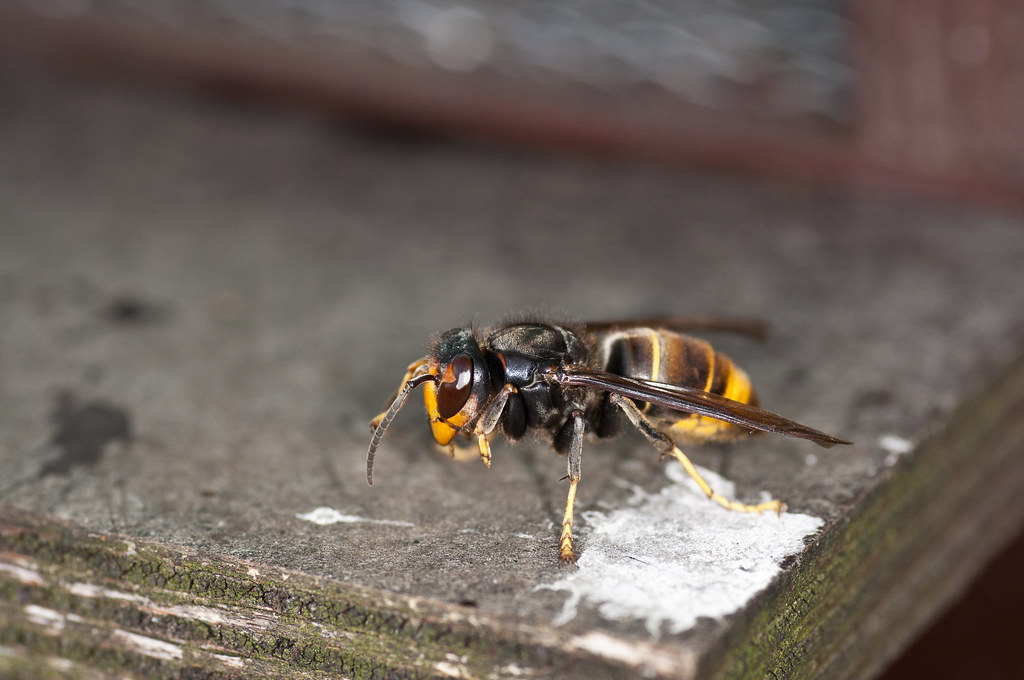
As antibiotic resistance creates an increasingly urgent global health crisis, researchers have turned to insects as a promising new frontier in the discovery of novel antimicrobial compounds. Insects possess remarkably effective immune systems that have evolved over millions of years to combat the countless pathogens they encounter in their microbe-rich environments. Scientists at the University of Nottingham have isolated a molecule from the brain tissues of cockroaches that can kill over 90% of MRSA bacteria without harming human cells, demonstrating efficacy against pathogens that resist conventional antibiotics. Similarly, researchers examining the Asian hornet (Vespa velutina) discovered that its venom contains peptides that can selectively destroy bacterial membranes while leaving human cells intact. The African fungus-growing termite (Macrotermes natalensis) produces antibiotics in specialized glands to protect its fungal gardens, yielding compounds effective against multi-drug resistant bacteria. These insect-derived antimicrobials often operate through mechanisms distinct from traditional antibiotics, potentially circumventing existing resistance patterns and offering new weapons in humanity’s ongoing battle against infectious disease.
Bionic Vision: Compound Eyes Inspiring Advanced Optics
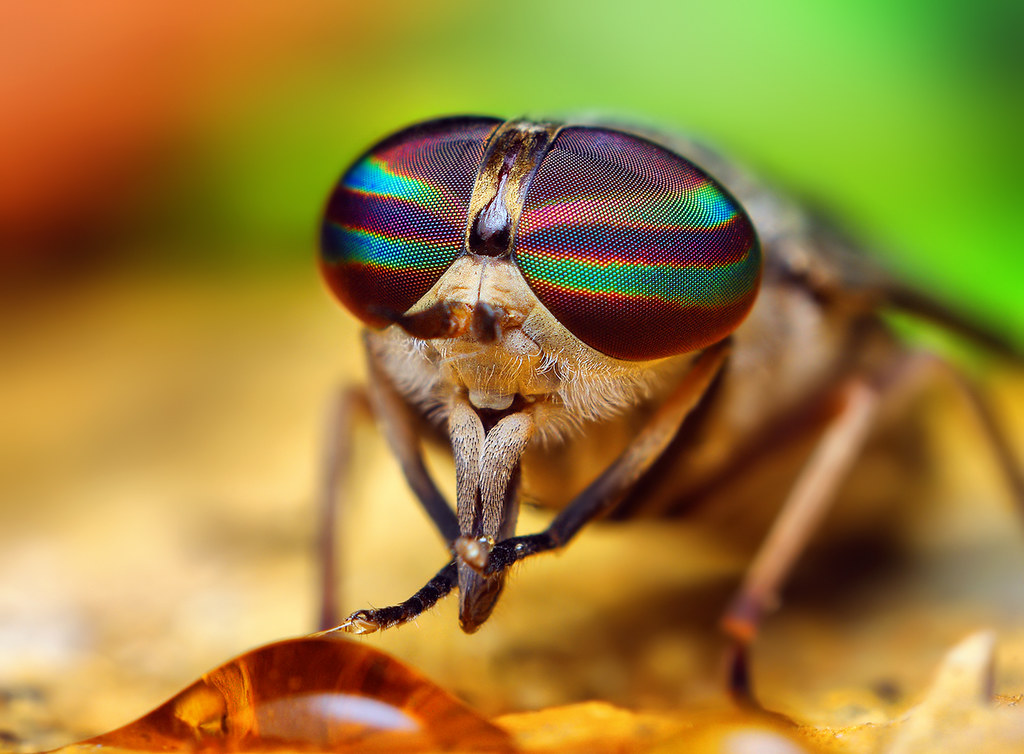
The compound eyes of insects represent one of nature’s most sophisticated optical systems, offering a remarkable combination of wide field of view, motion detection, and functionality in varied light conditions—capabilities that human engineers have long sought to replicate. Unlike the single-lens design of vertebrate eyes, insect eyes consist of thousands of individual visual units called ommatidia, each capturing a small portion of the visual field to create a mosaic-like image with exceptional motion sensitivity. Engineers at the University of Illinois have created artificial compound eye cameras based on this design, producing imaging systems with nearly 180-degree fields of view without the distortion typical of wide-angle lenses. These biomimetic visual systems have revolutionary applications in autonomous vehicles, where their superior peripheral vision and motion detection capabilities help prevent accidents by identifying movement from all directions simultaneously. In medical imaging, compound eye-inspired endoscopes can provide surgeons with broader visual fields during minimally invasive procedures, reducing surgical complications. The study of how insects process visual information has also influenced machine vision algorithms, particularly in the development of efficient systems for detecting moving objects against complex backgrounds—a capability that dragonflies perform effortlessly when hunting in cluttered environments.
Butterfly Wings: Inspiring Nanotechnology

The iridescent, color-shifting wings of butterflies have emerged as unexpected teachers in the field of advanced materials science and nanotechnology. Rather than relying on pigments, many butterfly species produce their vivid colors through intricate nanoscale structures that manipulate light through a phenomenon called structural coloration. The Morpho butterfly’s brilliant blue isn’t a pigment but results from microscopic scales containing precise ridges that reflect specific wavelengths of light while absorbing others. Scientists at GE Global Research have replicated these structures to create thermal sensors that can detect temperature changes as small as 0.02 degrees Celsius, with applications ranging from medical diagnostics to detecting mechanical failures in jet engines. Beyond aesthetics, butterfly wings display remarkable water-repellent and self-cleaning properties through their microscopic texture, inspiring hydrophobic coatings for everything from medical equipment to building materials. Researchers at Pennsylvania State University have developed butterfly wing-inspired materials that can selectively absorb or reflect different wavelengths of light, creating potential applications in solar energy capture and radiative cooling technologies. These innovations demonstrate how studying nature’s nanostructures can lead to technological breakthroughs that would be difficult to conceive through conventional engineering approaches.
Spider Silk: The Ultimate Biomaterial
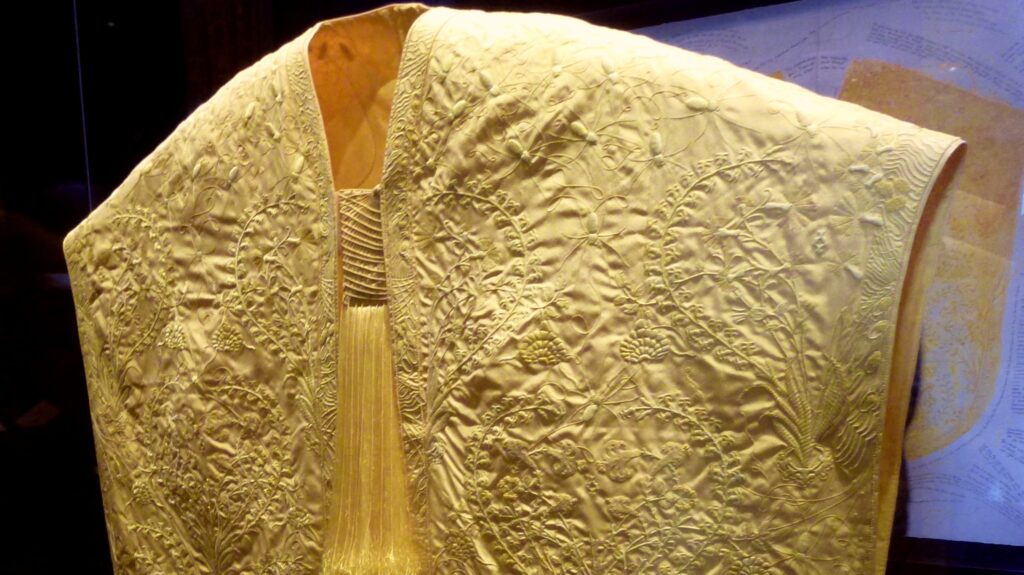
Spider silk represents one of nature’s most extraordinary materials, combining seemingly contradictory properties of strength and elasticity in ways that continue to challenge and inspire materials scientists. Gram for gram, certain spider silks exceed the tensile strength of steel while maintaining elasticity greater than nylon, a combination unmatched by any synthetic material. This remarkable performance results from the silk’s complex protein structure, which researchers at MIT have studied extensively to understand how spiders produce these fibers at ambient temperatures and pressures—a stark contrast to the energy-intensive processes required for synthetic fiber production. The medical applications of this incredible material are particularly promising, with companies like Serica Technologies developing spider silk-based sutures that cause less scarring than traditional materials. Orthopedic applications include artificial tendons and ligaments that more closely mimic the mechanical properties of natural human tissues. Beyond medicine, spider silk’s combination of strength, flexibility, and biodegradability makes it an ideal candidate for environmentally sustainable alternatives to petroleum-based fibers in everything from clothing to automotive components. While commercial-scale production remains challenging, breakthroughs in genetic engineering and synthetic biology continue to bring us closer to harnessing this remarkable insect material for widespread application.
Insect Flight: Revolutionizing Drone Technology
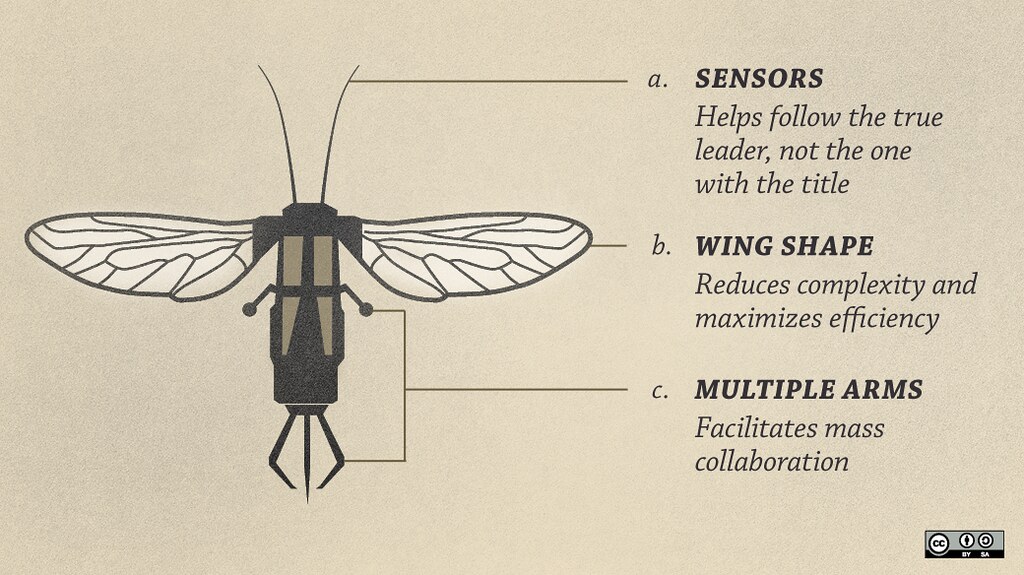
The remarkable flight capabilities of insects have become a cornerstone of innovation in developing the next generation of unmanned aerial vehicles (UAVs). Insects achieve flight mechanics that defy conventional aerodynamic principles, using complex wing movements that generate lift through vortex creation rather than the simple airfoil principles employed by fixed-wing aircraft. Engineers at Harvard University’s Microrobotics Laboratory have created the RoboBee, a drone roughly the size of a penny that mimics a bee’s wing movements to achieve stable flight in ways traditional propeller systems cannot at such small scales. Dragonflies, with their ability to hover, fly backward, and make instant 180-degree turns, have inspired military drones with unprecedented maneuverability for navigating complex urban environments. The energy efficiency of insect flight—which allows species like the monarch butterfly to migrate thousands of miles on minimal energy reserves—has led to breakthroughs in drone power systems that significantly extend flight times. Perhaps most impressively, researchers studying how locusts process optical flow to avoid collisions have developed collision-avoidance algorithms that allow drones to navigate obstacle-rich environments without expensive sensor arrays, demonstrating how understanding insect neurobiology can lead to more efficient engineering solutions.
Insect Exoskeletons: The Future of Protective Gear

The remarkable protective capabilities of insect exoskeletons have provided engineers with blueprints for designing next-generation protective materials that combine lightweight properties with extraordinary strength. Unlike the internal skeletons of vertebrates, insect exoskeletons are external armor composed primarily of chitin and protein arranged in complex layered structures that distribute force efficiently across their surface. Researchers at MIT have analyzed the ironclad beetle’s exceptionally tough exoskeleton, which can withstand forces equivalent to 39,000 times its body weight—enabling it to survive being run over by a car—and discovered interlocking structures that prevent catastrophic failure under extreme pressure. This discovery has inspired new designs for impact-resistant materials used in everything from football helmets to military body armor. The specialized joints in insect exoskeletons, which allow flexibility without compromising structural integrity, have influenced the development of articulated protective gear for motorcyclists and industrial workers. Perhaps most innovatively, the Wyss Institute at Harvard has developed a soft exosuit based on principles observed in insect biomechanics that can help individuals with mobility impairments walk more naturally while requiring significantly less energy than traditional rigid exoskeletons. These advances demonstrate how insects’ evolutionary solutions to protection and mobility challenges continue to inform human engineering in surprising and valuable ways.
Social Insects: Models for Swarm Robotics

The complex collective behaviors of social insects have revolutionized how engineers approach distributed robotic systems, giving rise to the burgeoning field of swarm robotics. Ant colonies, despite lacking centralized control, demonstrate remarkable efficiency in tasks like foraging through simple individual rules and local interactions—a phenomenon engineers have translated into algorithms for coordinating robot teams. Researchers at Harvard University have developed kilobots, penny-sized robots that, like termites, can cooperatively construct structures without requiring centralized commands or pre-programmed blueprints. The stigmergic communication used by insects—where individuals modify their environment to indirectly coordinate with others, such as ants laying pheromone trails—has inspired robust communication protocols for robot swarms operating in challenging environments like disaster zones where traditional communications often fail. Perhaps most impactfully, studies of how honeybee colonies make collective decisions through decentralized consensus-building have influenced designs for resilient networks of autonomous vehicles and smart city infrastructure. These insect-inspired approaches to collective intelligence offer fundamental advantages over traditional robotic systems: extreme scalability, inherent redundancy that prevents single-point failures, and adaptability to changing environments—qualities increasingly essential in our complex technological landscape.
Insect Navigation: GPS-Free Guidance Systems
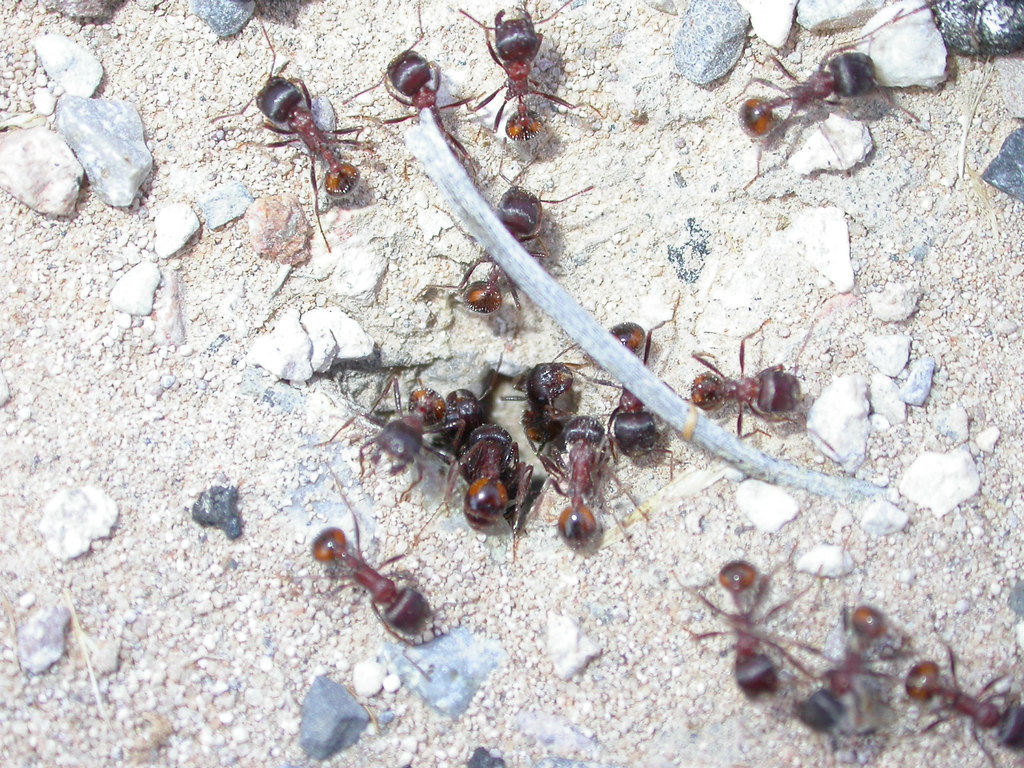
Insects have evolved extraordinary navigation capabilities that allow precise wayfinding without GPS or detailed maps, inspiring a new generation of navigation technologies that can function where satellite signals fail. Desert ants (Cataglyphis) navigate vast featureless terrains by integrating information about distance traveled and direction through a process called path integration, essentially creating a biological vector-based navigation system that engineers at the Australian National University have adapted for autonomous vehicles operating in GPS-denied environments. Dung beetles orient themselves using the Milky Way’s light pattern, demonstrating celestial navigation capabilities that have influenced the development of star-tracking systems for spacecraft orientation. Particularly remarkable is the monarch butterfly’s multi-generational migration spanning thousands of miles using a combination of sun compass orientation and magnetic field sensing, inspiring sensor fusion approaches that combine multiple environmental inputs for robust navigation. Researchers at the University of Edinburgh have developed navigation algorithms based on honeybee visual processing that allow drones to recognize and return to specific locations using minimal computational resources—a significant advantage in weight and power-constrained applications. These biomimetic navigation systems demonstrate a fundamental principle of insect-inspired engineering: achieving sophisticated capabilities through elegant, resource-efficient solutions rather than brute-force computational approaches.
The Sustainable Future of Insect Engineering
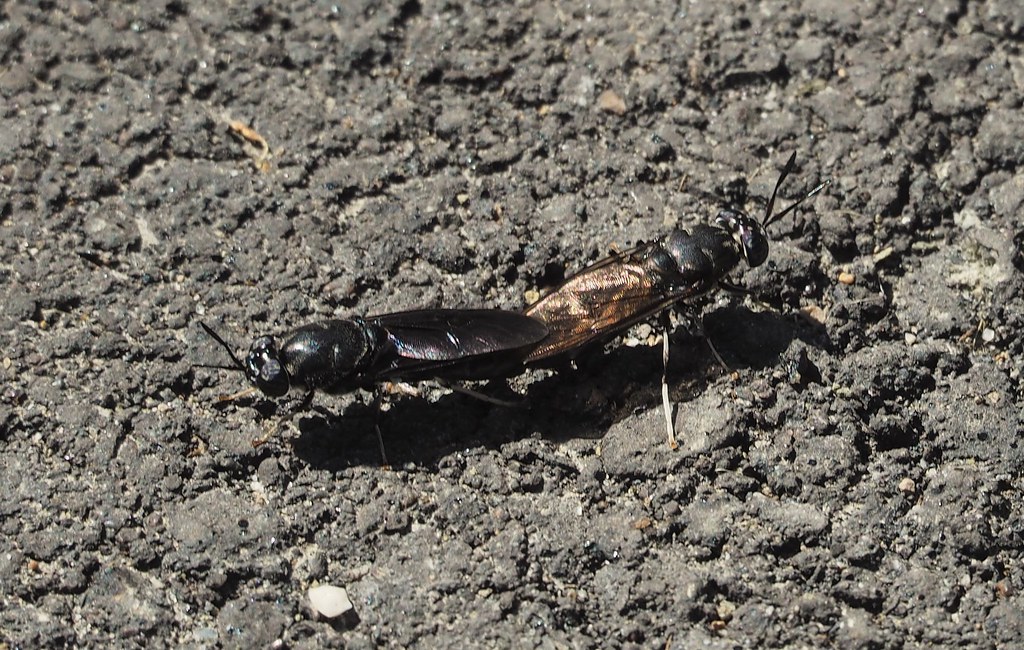
As humanity confronts unprecedented environmental challenges, the principles derived from insect biology are increasingly recognized as blueprints for sustainable technology development. Insects achieve remarkable functional capabilities with minimal resource requirements, operating within closed-loop systems that produce virtually no waste—principles that align perfectly with sustainable engineering goals. Termite mounds, with their sophisticated passive ventilation systems that maintain stable internal temperatures despite extreme external fluctuations, have inspired energy-efficient building designs like Zimbabwe’s Eastgate Centre, which uses 90% less energy for climate control than conventional buildings of similar size. The water-harvesting capabilities of the Namib Desert beetle, which collects atmospheric moisture on specialized regions of its exoskeleton, have led to the development of fog-harvesting technologies that can produce water in arid regions without energy-intensive desalination. Perhaps most promising is how insect metabolic pathways are informing waste-to-resource technologies, with companies like AgriProtein scaling up black soldier fly farming to convert organic waste into protein while simultaneously addressing food waste and sustainable protein production challenges. As we face growing resource constraints, these insect-inspired approaches offer pathways to technologies that achieve sophisticated capabilities while working within planetary boundaries—representing not just biomimicry but a fundamental shift toward regenerative design philosophies.
Conclusion
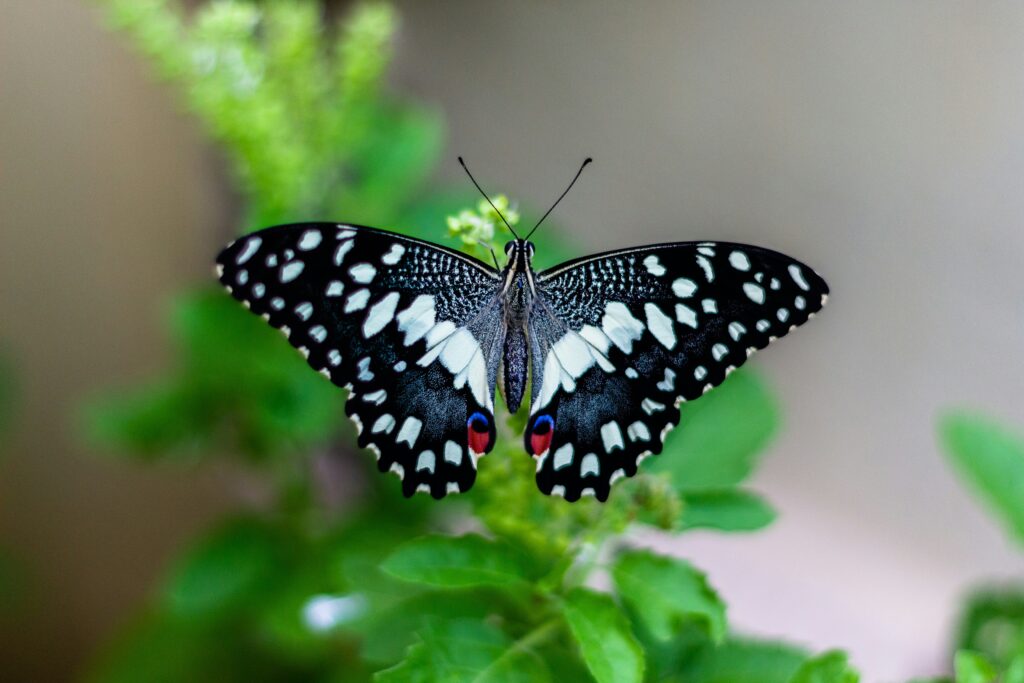
In the grand theater of evolution, insects have been perfecting their remarkable adaptations for hundreds of millions of years—a vast repository of biological innovation that humans have only recently begun to appreciate fully. From medicine to robotics, materials science to architecture, these tiny creatures offer solutions to complex problems that human engineers might never have conceived independently. What makes insect-inspired design particularly valuable in our current era is its inherent sustainability—these biological systems achieve remarkable performance with minimal resources, no toxic byproducts, and complete biodegradability. As we continue to face mounting challenges in healthcare, resource constraints, and environmental sustainability, the humble insect stands as both teacher and inspiration. Perhaps the greatest lesson from this exploration is one of perspective: that sometimes the most profound innovations don’t require looking

